How in the old days they treated sick and old slaves in different countries
By Pictolic https://pictolic.com/article/how-in-the-old-days-they-treated-sick-and-old-slaves-in-different-countries.htmlIn ancient times, slaves were the basis of many branches of the economy. Construction, the agricultural sector, the service sector and the entertainment industry could not do without them. But the slaves got sick, injured, and aged just like the free people. They were no longer needed by their master, because they did not bring income, but needed food, clothing, shelter and treatment. What did they do with such slaves in different cultures?
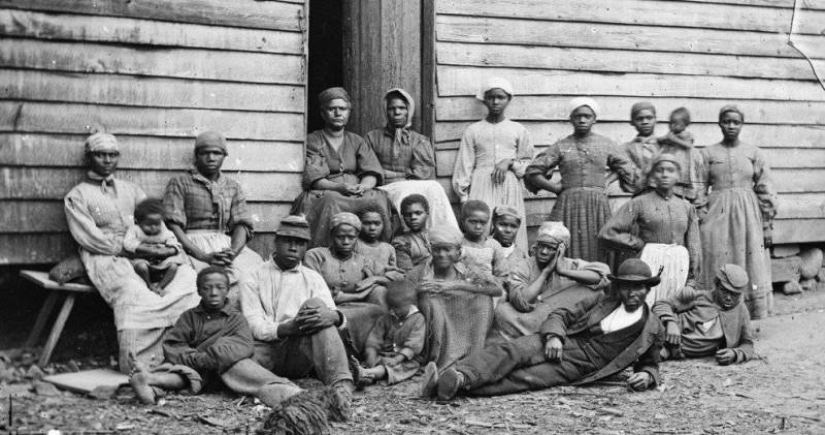
The fate of slaves unfit for work was written in the 2nd century BC by the ancient Roman politician and writer Mark Cato the Elder. He recommended that slaveholders not delay and sell aging slaves in a timely manner until they finally become senile. At the same time, the author compared people with cattle without sentiment.
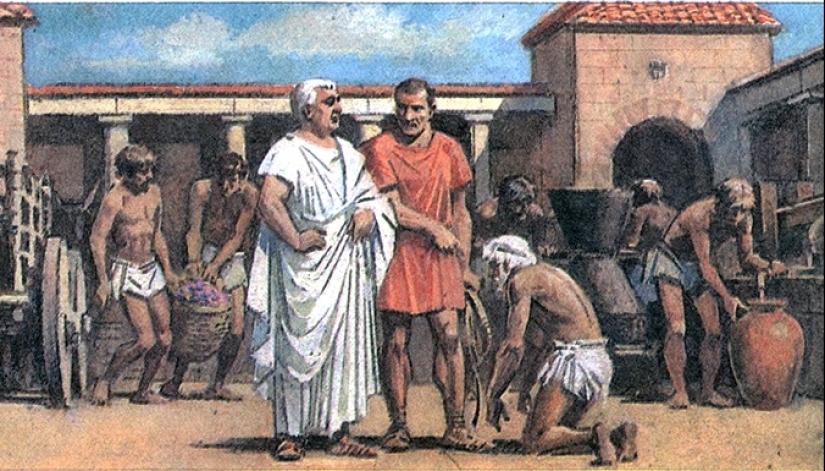
Sick and aged slaves were taken by the Romans to the island of Tiberina, located in the middle of the Tiber River. This piece of land, 270 meters long and 67 meters wide, was dedicated to the god of healing Aesculapius and the sick, infirm and old were taken to it. A slave who got to the island was considered free, but he could not return "to the mainland". Therefore, he had to slowly die of hunger on Tiberina or ask for food from visitors to the sanctuary of Aesculapius.
Unfortunately, this was the only way to take care of his slave. Philanthropists who simply gave freedom to an old employee risked getting into trouble. If such a slave died somewhere in Rome, his owner was quickly found by the brand on the body of the dead man and imposed a hefty fine on him.

Some masters, not burdened with humanism, could take a slave outside the city and deprive him of his life, and hide his body. Everything depended on what kind of person the master was, because for many noble Romans, a slave was nothing more than an expendable material and a tool for obtaining benefits.
In the East, in particular, in the Ottoman Empire, the attitude towards slaves was very different from the European one. Firstly, Islam did not allow to make slaves of co-religionists. Secondly, the liberation of a slave who converted to Islam was strongly encouraged, and thirdly, forced laborers were almost not involved in construction and agriculture, but were used mainly in the service sector.
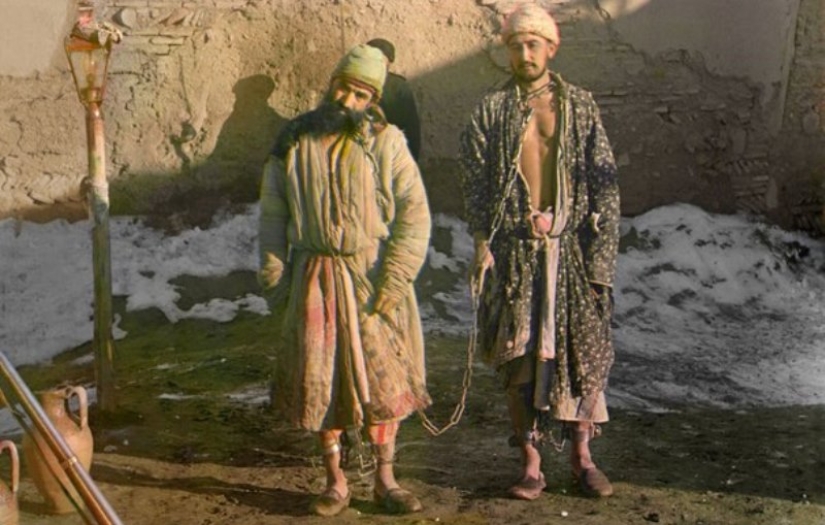
Slaves could be not only servants and waiters, but also soldiers, sailors, guards and even merchants and managers. Everything depended on the attitude of the master to the slave and on the personal qualities of the worker himself. There are even cases when former slaves received a high post at the court of the sultan.
In the Ottoman Empire, there were always much more female slaves than men. Muslim women were not considered slaves, but had the status of concubines. They were forbidden to be employed in brothels – they all served their masters, and sometimes performed the role of an unofficial wife. According to the laws of Islam, an aged or ill concubine could not be expelled – she was recognized as a member of the family and lived in the master's house until her death.
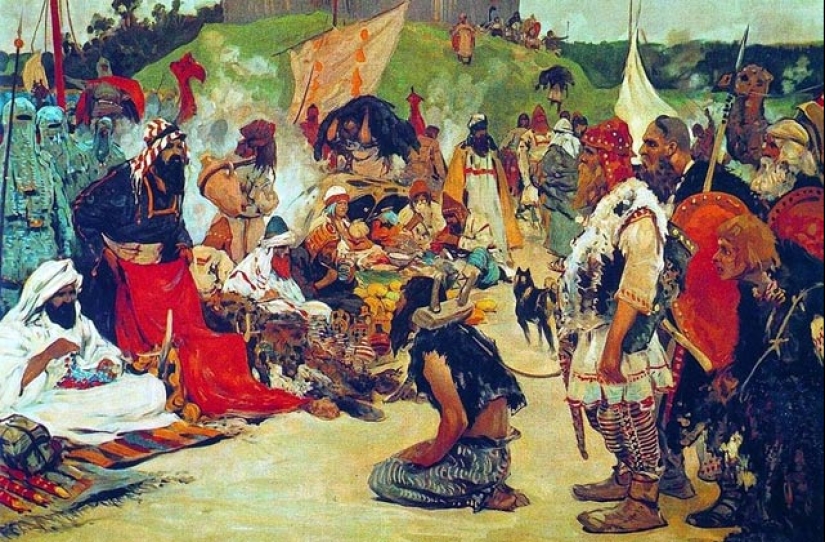
Gentile slaves of any sex performed dirty and hard work at the master's house. Older women of a different faith were simply kicked out into the street and they engaged in begging, and men were forced to work until they were exhausted, and then left to die outside the city wall.
In the countries of the Far Eastern region, slaves were divided into two categories – private and public. Most often, prisoners of war and criminals were enslaved, so the attitude towards slaves was specific. They worked on construction works, erecting fortresses, bridges and irrigation facilities. In China, the distinguishing sign of a slave was an iron collar and red clothes.
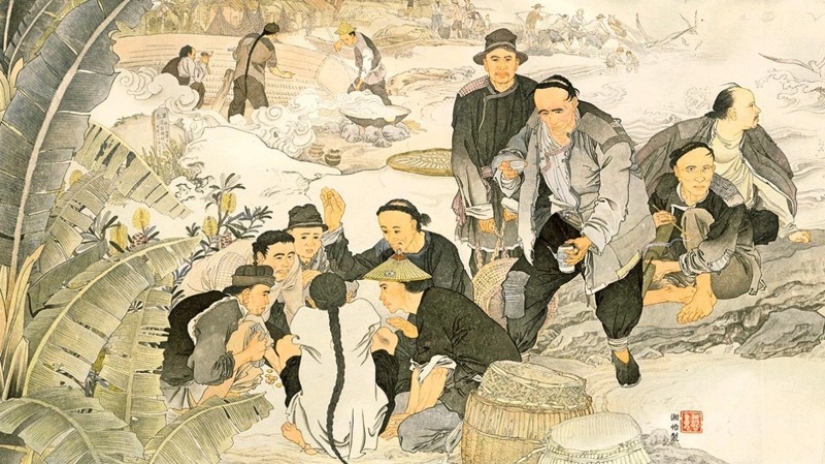
The weak, sick and aged slaves were not treated with ceremony. In China and Japan, they could simply be hacked to death with a sword, thrown into a mine or fed to wild animals. The highest manifestation of humanity could be considered the liberation of a slave, but such philanthropy was not encouraged. Freed, the cripples and the elderly joined the army of beggars and criminals, because they had no other ways to feed themselves.
The laws of ancient China provided for the full responsibility of the master for his slave. If an employee who was released because of incompetence committed a crime, then the person who was its owner was brought to justice. In particularly serious cases, a rich man could be strangled or beheaded along with a villain slave, and his family could be enslaved. Therefore, humanity towards slaves, including old ones, was very unpopular in China.
In the New World, the fate of disabled slaves completely depended on the humanity of the owner, because the law on such cases was delicately silent. Sometimes the owners of large plantations, where hundreds of slaves worked, built entire hospitals where real doctors worked.
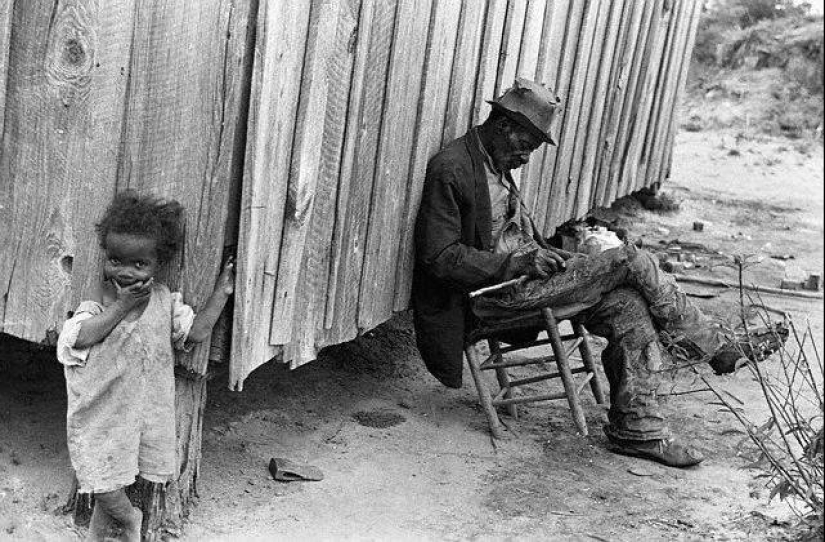
But the forces and money were spent on the slave only if he could be cured and forced to work again. If a slave was hopelessly ill or aged, he was simply handed over to the community and the entire burden of caring for him fell on the shoulders of his relatives and neighbors.
There was no pension or allowance for the old man, and in order to feed such helpless slaves, the healthy and able-bodied had to tear off a piece of bread from themselves and their children. An old man or a cripple simply lived out his days in a hut, going out to warm up near the entrance on sunny days. The death of such a freeloader was often a holiday for everyone – after all, he ceased to suffer and torment others with his helplessness.
Keywords: China | History | Old age | Plantation | Slavery | Society | Diseases | Romans
Post News ArticleRecent articles

All cultures, countries and different Nations, each nation has its own traditions and customs. But one thing remains common — ...

They say that absolutely everything that is made of chocolate is delicious. And apparently, Sarah Hardy agrees with this opinion. ...
Related articles

The story of drug smuggling has a lot of amazing occasions, but the case of Coca Bears — one of the most impressive. He became a ...

Established in 1942 Pulitzer prize for outstanding picture later divided into two nominations: best art and the best news ...

80 years ago, the Chairman of the State Defense Committee (GKO) of the Soviet Union, Joseph Stalin, signed Resolution No. 562 "On ...

New Jersey photographer Robin Schwartz photographed her adorable daughter Amelia with a variety of animals from 2002 to 2015. The ...